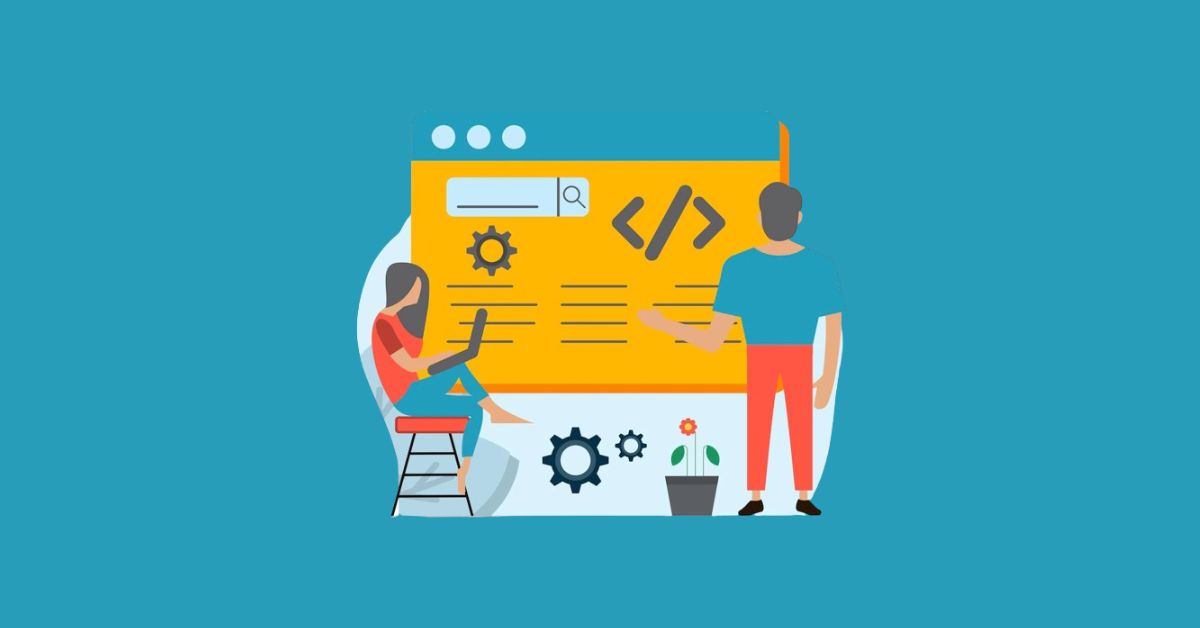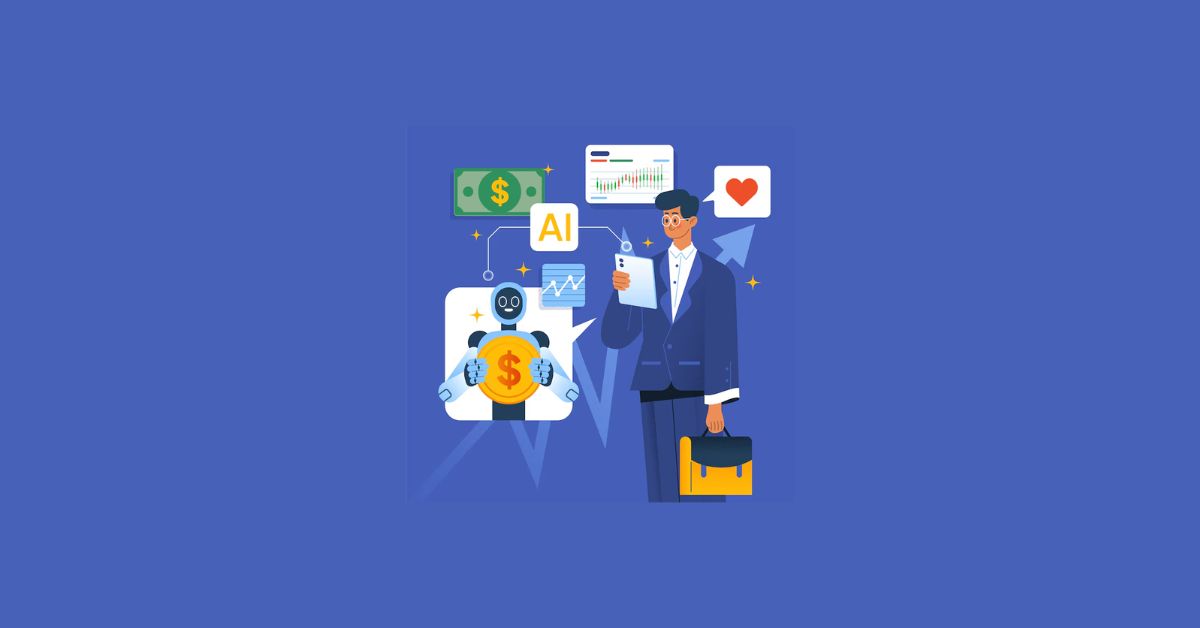The abundance of web application frameworks available for Python makes programming simpler, quicker, and more effective. A Python frameworks may be used for any kind of project, be it machine learning, data science, or web application development. The top 15 Python frameworks are listed here; look at them for your next project.
What is Python Frameworks?
An assortment of Python frameworks modules that offer a common set of features and can serve as a framework for creating any application is called a Python framework. By offering a basic guideline on how we should build software and abstracting away some of the more difficult or repetitive processes, frameworks are intended to simplify the development process. This spares you from having to reinvent the wheel and lets you concentrate on creating original and customized logic for your applications. Managing HTTP requests is one kind of repetitious task. Since most online applications have to handle this kind of request, rather than creating everything from scratch or using the same code for multiple projects, developers leverage pre-existing frameworks that make this function easier.
Why use a Python Frameworks?
Developing applications with a Python frameworks has various advantages. Let’s go over a few of them:
Frameworks make the work of a software developer easier: Python web development frameworks give the code a structure and provide several features and tools that expedite the development process, which helps developers construct applications more quickly and easily.
Code organization is facilitated by frameworks: A well-designed framework ensures that the code is manageable and orderly, which makes it easier to comprehend and modify the source code in the future.
Frameworks have the potential to boost output: Frameworks free developers from having to spend time on repetitive activities by offering pre-built components and tools while conforming to industry standards. This allows developers to concentrate on the distinctive features of their applications.
15 Best Python Frameworks
1. Django
Django is one of the most popular Python backend developers and widely used web frameworks within the Python community. This full-stack framework is highly dependable and includes all the necessary components to develop a complete web application.
It was first introduced as a Pythonic solution for building a website for newsletters in 2005. It is currently one of the most widely used Python libraries for web development, with about 8 million downloads each month. Several of the most well-known websites ever, including Instagram, Discus, Pinterest, Bitbucket, and Chess.com, were developed in the early stages using Django. Django uses the model-view-template (MVT) architecture and includes built-in features for database administration, templating, admin panel, and views (for managing your backend logic). It is advisable to approach Django having a strong background in Python programming, both object-oriented and functional.
2. Flask
A lightweight micro-framework called Flask is used to create basic online apps rapidly. It supports application signaling, request management, and Jinja templates—a method of reusing HTML code. Additionally, various extension packages will be available to you, such as Flask-SQLAlchemy, which provides an easy method to use SQLAlchemy in your Flask application, and Flask-RESTful, which adds support for creating robust REST APIs.
3. FastAPI
FastAPI is a contemporary web framework that excels in creating APIs. Since its release in 2018, it has rapidly gained popularity because of its superb performance and simplicity of use. According to PyPi Stats, FastAPI has exceeded full-stack frameworks like Django in terms of monthly downloads, with over 9 million. Recall that FastAPI is limited to developing backend APIs. This suggests that you require a frontend framework (like Vue.js) for users to see your website. Having said that, the framework is really simple to use; in fact, you can launch an app using FastAPI in a matter of minutes using Kinsta and your GitHub repository.
4. Pyramid
Pyramid is a flexible, lightweight framework that lets programmers start with basic projects and expand them into more complex ones. Pyramid is a versatile and scalable web framework that functions well for both small and large-scale projects. It’s the perfect middle ground between Flask and Django, the micro-framework and full-stack framework, respectively.
Pyramid offers the most basic functionalities needed to create a Python web application, allowing you to focus on the specific aspects of your project.
5. CherryPy
CherryPy is a simple Python frameworks for developing web applications. With the help of this object-oriented framework (OOP), you may create web apps in Python just like you would with any other OOP.
It has been widely utilized in production settings for a wide range of websites since its inception in 2002, from those requiring a high level of complexity to those with basic capabilities. Major software providers like Hulu and Netflix use CherryPy in their infrastructure.
Processing HTTP requests and matching them with the proper logic that developers have created is CherryPy’s main job. This means that CherryPy does not provide HTML templating or database access, and by default, leaves all application logic up to you.
6. Tornado
Tornado is an open-source, asynchronous web framework and networking module for Python web application developers. It was initially developed at FriendFeed, a social media aggregator that Facebook subsequently acquired. These days, it’s widely used in numerous high-concurrency applications, including real-time analytics and online services.
Tornado is well-suited for applications that necessitate a persistent connection with every user (such as chat apps, web scrapers, and bots) because it is designed to manage numerous connections at once.
7. Bottle
Since its initial release in 2009 by Marcel Hellkamp, Bottle has gained popularity among developers looking for a simple yet effective web development tool. Because the framework is single-file, it is lightweight and requires only the Python Standard Library, which makes it incredibly portable and simple to use. Bottle provides a solid framework for building online apps by managing everything from request and response handling to URL routing.
The framework lets developers use their favorite technique of producing HTML by supporting multiple templating engines, including Mako, Jinja2, and Cheetah. Additionally, its smooth integration with WSGI-compliant servers such as uWSGI, Gunicorn, and others improves its performance and versatility in production settings. A lightweight Python micro framework called Bottle makes it simple to create small- to medium-sized online applications. Other than the Python standard library, it doesn’t include any extra dependencies. Bottle works with the majority of web servers and Python versions and is based on the WSGI (Web Server Gateway Interface) standard.
8. Pyside
An open-source framework for building cross-platform apps is called Pyside. It is built on the Qt library, which is comparable to PyQt and offers access to a large number of features.
In addition, Pyside has built-in support for graphics and multimedia, event-driven programming, and a variety of input methods. You can more readily produce proprietary software since it is licensed under the LGPL. Supported by the Qt Corporation, it works with Windows, macOS, and Linux.
9. Tensor Flow
An open-source toolkit for creating and using machine learning models is called TensorFlow. The Google Brain team created this vast deep-learning library in 2015, which offers a multitude of tools for setting up and refining neural networks. Predictive analytics, language, and image processing, speech recognition, and other applications are among the many applications for TensorFlow.
A vast array of frameworks and tools covering different facets of machine learning are provided by TensorFlow. This contains TensorFlow Lite for model deployment on mobile and embedded devices, TensorFlow Extended (TFX) for end-to-end machine learning pipelines, and TensorFlow.js for JavaScript model execution on the web.

You might want to read
The Future of IT | Trends, Technologies, and Their Potential Impact On the IT Landscape
10. Keras
Theano, CNTK, TensorFlow, and a sophisticated deep-learning framework called Keras can be combined. François Chollet built it in 2015 to provide a simple and user-friendly interface for the development and training of deep learning models.
Keras provides the building elements needed to construct machine learning models rapidly. It is therefore frequently utilized in data science competitions such as Kaggle’s.
11. Numpy
A scientific computing package called NumPy is intended to work with multi-dimensional numerical data matrices and arrays. It also offers a large set of mathematical operations that may be performed on these arrays.
Numerous other Python libraries and frameworks used in data science, such as SciPy, Pandas, scikit-learn, and Tensorflow, are built on top of NumPy.
12. Matplotlib
One popular tool for Python development framework and data visualization is called Matplotlib. It offers a plot-embedding object-oriented API for applications.
Plots, charts, and visualizations can be made using a variety of choices, and it is very flexible. These factors make Matplotib a popular tool in scientific computing, data science, and machine learning applications.
13. Nose
The primary distinction between nose2 and the previous nose testing framework is that nose2 now supports more recent versions of Python.
The built-in unit test library is expanded by nose2, which also offers a more robust and adaptable test writing and execution environment. Because it is an expandable tool, you can make effective use of a variety of third-party and built-in plugins.
14. Tkinter
A built-in Python GUI framework is called Tkinter. Since it’s a component of the standard library, installing any additional dependencies won’t be necessary.
Tkinter makes use of the Tk graphical user interface toolkit, much like PyQt (which uses Qt). Additionally, it offers a collection of tools for making different widgets, including menus, buttons, labels, and text boxes.
Tkinter is often a fantastic way to quickly construct tiny GUI programs, but for larger projects, you might be better off using a more robust framework because of its antiquated appearance and feel.
15. Kivy
Kivy is an open-source framework for using Python to create cross-platform desktop and mobile applications. It works great for developing visually stimulating and interactive applications, such as games and multi-touch apps, and its primary selling feature is that it has a single codebase that runs on all major operating systems (Windows, Linux, macOS, iOS, and Android).
Kivy is not a wrapper around an external UI library like PyQt is, and it is free and open-source. Additionally, it is licensed under the MIT license, which allows you to ship and charge for your Kivy programs.
Conclusion
Python Development frameworks can aid in improving productivity, encouraging code organization, and streamlining and streamlining the software development process.
It is not your responsibility as a Python developer to master every one of the 15 Python frameworks we have covered above. Rather, you should carefully choose the frameworks that most interest you, use them in projects that truly thrill you, and dedicate all of your time to learning those one or two frameworks.















